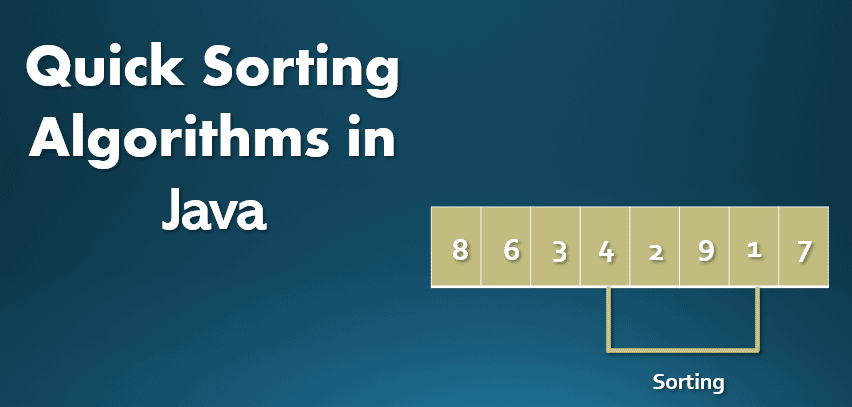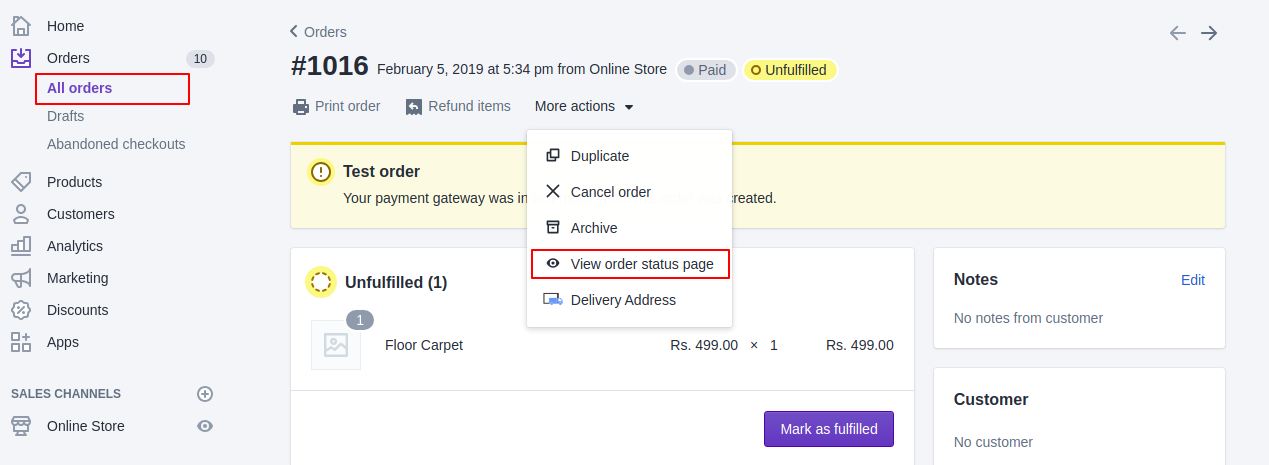In Java programming, a sorting algorithm is to sort data in a specific format. Such as alphanumeric ascending/descending, numeric ascending/descending. In computer science, a sorting algorithm determines how to arrange data in a certain order. The sort order here is numeric or alphabetical order as in the dictionary. In this blog post, we will analyze everything you need to know about sorting algorithms Java.
What is a Sorting Algorithm?
Sorting is a class of algorithms that reorders the positions of array elements so that they are all in ascending or descending order. A good sorting algorithm must also ensure that elements with the same value do not move in the sorted array. Therefore, sorting is required for a comprehensive understanding of data structures and algorithms.
1. Bubble sort in Java
A straightforward sorting algorithm is bubble sort. Based on comparing pairs of neighboring components, this sorting algorithm swaps the order of any out-of-order elements.
The average and worst case complexity of a large data set, where n is the number of elements, is O(n2). Makes this method unsuitable for the application.
Among the fundamental sorting algorithms, the bubble sort algorithm is the slowest. Despite having an equivalent number of comparisons and swaps since two neighboring components are swapped. This approach is even slower than the straight swap technique.
2. Selection sort in Java
Selection a basic algorithm is sort. The list is split into two sections: the sorted list on the left and the unsorted list on the left. In this in-place comparison-based sorting process. Therefore, the entire initial list is in the unsorted portion, and the sorted portion is initially empty.
The unsorted array’s smallest element is chosen, swapped with the element on the left. And made into the element of the sorted array. Once every element in the unsorted array has been transferred to the sorted array, the process is repeated.
3. Insertion sort in Java
An in-place comparison-based sorting algorithm is insertion sort. A sublist is always kept in sorted form in this case. To insert an element into a sorted sublist is to insert sort. To keep the sublist in order, the element is added in the proper spot.
An array data structure is thought of as having two components: a sorted sublist and the remaining unordered elements. The unordered elements will be moved and placed into the proper position in the sublist once the insertion sort algorithm completes a sequential search across the array (of the same array).
When the average and worst case complexity is O(n2), where n is the number of items, this approach is not appropriate for use with huge data sets.
4. Merge sort in Java
Merge Sort is a sorting algorithm based on the Divide and Javaonquer algorithm. Therefore, with a worst-case time complexity of Ο(n log n), this is one of the most interesting algorithms.
The merge sort algorithm first divides the array into two halves and then combines them together into a sorted array.
5. Quick sort in Java
The rapid sort algorithm, which is quite effective, works by segmenting the data array into smaller arrays. By comparing each element of the array with a chosen element known as the pivot element (Pivot), the rapid sort algorithm separates the array into two parts: one consisting of items less than or equal to the peg element and the other consisting of elements more than or equal to the pin element.
6. Shell Sort trong Java
Based on the insertion sort algorithm, Shell Sort is a very effective sorting algorithm. Therefore, this technique eliminates the situation where two components that are far apart must have their locations switched in the selection sort procedure (if the smaller element in the right position is quite far from the larger element on the left).
This algorithm sorts the items with a narrower distance first using the selection sort algorithm on the elements that are far apart. The number of positions from one element to another is known as this distance, or interval. Based on Knuth’s formula, the following interval is determined:
h = h * 3 + 1
There, the interval h has a starting value of 1.
7. Sort pile
One of the most crucial Java sorting techniques that one should understand is heap sort. It effectively reinforces the usage of concepts from both taxonomy and trees by combining the two. The elements are stored in a specific sequence according to the request on the heap, which is a whole binary search tree. The lowest element is at the root of a mini-heap, and each child of the root must be larger than the root itself. Then, the children on the same level must be older than these children, and so forth. The largest element is found at the root of a max-heap, too. For sorting, the heap is stored as an array where for every parent node at index i, the left child node is at index 2*i+1 and the right child node is at index 2* i + 2.
The unsorted array’s elements are gathered into a max heap, and the max element is then removed from the array’s root and switched with the last element. The next max element is obtained by rebuilding the max heap. Up until there is just one node remaining in the heap, this process keeps going.
CONCLUSION
Java sorting might be an odd idea, and learning it is particularly challenging for novices. However, individuals who have been studying Java for a while will find this material to be of great use. We briefly discussed the most common sorting algorithms in Java in the preceding section. Here, we have introduced you to the top sorting algorithms in Java if you’re looking to learn more about them.
At ONEXTDIGITAL, we works with a team of professionals and skilled developers to create user-friendly eCommerce websites, CMS websites, and web applications. If you are having problems with this experience or want to learn more, please contact us and we will assist you.
>> Read also:







